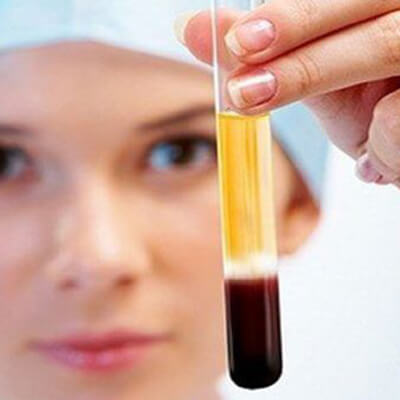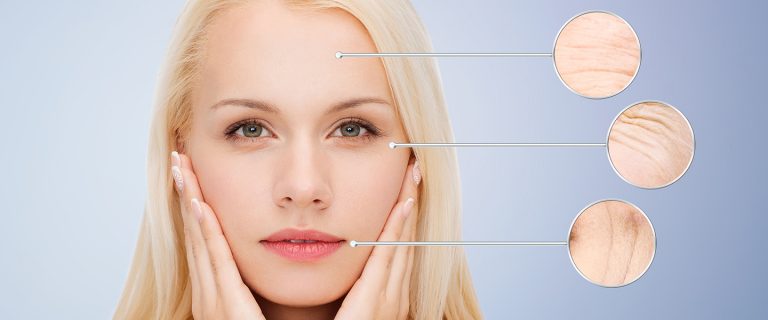
PRP treatment, which involves injecting the plasma obtained from one's blood under the skin, is an alternative treatment used for many health problems such as pain, wounds, and skin problems. This treatment, which is frequently used in cosmetology today, can also be applied together with other skin treatments or skincare procedures.
PRP, which stands for “Platelet Rich Plasma”, is a treatment procedure applied by injecting a serum obtained from the person’s blood under the skin. Platelets are cells that allow blood to clot to stop bleeding. This plasma also contains proteins called growth factors that support the growth of cells. So, this treatment aims to trigger cell growth to replace the sick ones.
After this plasma is isolated from the blood and concentrated, it helps the healing process by promoting the proliferation of healthy cells in the application site. Proponents of this treatment propose that the growth factors in it will accelerate the healing of wounds and tissues. Although it is not a treatment approved by the FDA (US Food and Drug Administration), even famous athletes have used PRP treatment to heal their wounds. Today, PRP treatment is used for the treatment of such problems as acute injuries, tendon injuries, postoperative wounds and wrinkles, and skin conditions. In this article, we will discuss the role of this treatment in the improvement of skin problems and skin renewal with PRP.

First, the platelet-rich plasma is prepared before PRP treatment. This plasma is prepared in several stages. Here is step-by-step PRP treatment:

Skin renewal with PRP can be considered a skin treatment, or it can be done in combination with other skin treatments to increase and reinforce their effects. For example, after laser treatment, your doctor may recommend PRP to maximize the effects of the treatment and speed up the healing process.
You can get PRP treatment, which is a very safe procedure, as long as your doctor recommends it. However, if you are using blood thinners, have a history of cancer, have blood clotting problems, or if there is active inflammation or infection in the application area, you should not have PRP. Besides, if you want to make sure about whether you have a condition that prevents you from getting PRP treatment, you should consult your doctor.
When Do You Get The Results of PRP for Skin Rejuvenation?
You cannot see the effects immediately after PRP treatment. This treatment will be effective in the long term as it starts the healing and repair process in the skin rather than acting like a dermal filling. Its benefits can be seen gradually in 2 to 3 sessions after the first application. The effects will continue to increase for a while after the treatment is over. Within a few months after the session skin blemishes, wrinkles, and sagging will be reduced, providing brighter and renewed skin.
Benefits of PRP
PRP can be used by people of all ages and in all seasons. Its biggest advantage is that it has no risk of allergic reactions. PRP provides such effects as reduction of spots and acne scars, improvement of stretch marks and wrinkles. Besides, it can yield high-level results when combined with laser or peeling. After the procedure, you will have a younger-looking face and your skin problems will be reduced.
Side Effects of PRP
PRP uses your blood, which is generally an extremely safe procedure. Although there is no risk of allergic reactions, there are certain risks due to the injections. There are risks such as infection, nerve injury, pain, and tissue damage due to the injections. However, as long as your doctor works carefully under sterile conditions, the risks and side effects are reduced. Also, if you have any concerns, you can consult your doctor about possible risks and side effects.
Facial mesotherapy with hyaluronic acid is a mesotherapy procedure applied to reduce wrinkles and make the skin look tighter and brighter. As a highly effective skin rejuvenation method, it is performed by injecting a serum containing active substances such as hyaluronic acid and some vitamins and antioxidants into the skin.
HydraFacial makes it possible to perform intensive skincare in just a few stages to moisturize the skin and remove dead skin. In addition to skin care, HydraFacial can reduce acne and scars and remove wrinkles with a special tool and a mixture of herbal extracts.
With Dermapen, it is possible to say goodbye to the most annoying skin problems such as blemishes and acne scars easily and painlessly. It activates the skin's self-renewal feature, so you can renew yourself with the method that provides the solution to many cosmetic problems, including wrinkles!
Mesotherapy can help reduce problems such as fine wrinkles, saggy skin, scars, and dry skin. Applied with very fine-tipped needles and a serum consisting of active substances such as vitamins, minerals, amino acids, antioxidants, and various drugs that will rejuvenate the skin, it is generally a safe and painless procedure.
Aqua peel is a skincare procedure applied for skin renewal and rejuvenation by cleaning, peeling, and moisturizing the skin in the same session with a special device. As one of the safest skincare procedures, it aims to revitalize and improve the skin without the need for invasive intervention.
Phone: +90 216 385 10 37 – 0533 687 80 32
Address: Cemil Topuzlu cad 18 Mart Sok Çengiç Apt No:1 Kat:9. Daire:11 Caddebostan/Kadıköy/İSTANBUL

